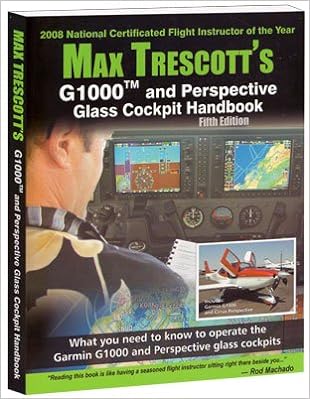RussR
En-Route
I fly a G1000-equipped PA-46 (if it matters) fairly regularly. I like the VNAV planning feature for descent to the airport, and usually set an ATD offset of about 1500 ft AGL 5 nm prior to the airport, as shown below.
But if ATC amends my routing, as they did today, when I enter in the new fix (in this case CDS), it wipes out the ATD and I have to re-enter it. It does this whether or not the new routing is going to "interfere" with the descent or not.
To word it a different way, if in the example below I was given another re-route and had to enter "ABC" in between CDS and "KRQO -5nm", it would remove the "KRQO -5nm", thereby removing the ATD offset and therefore the VNAV functionality.
It seems like it would be pretty easy for it to automatically calculate a new TOD with the new route, since regardless of the new routing I still want to hit 3000 at 5nm before KRQO.
We're not talking loading an approach procedure here, that I get, because they would have different altitude constraints than I selected.
Is this normal behavior for the G1000, or am I doing something wrong? (I did try looking in the manual, but couldn't find this case.)
Thanks!


But if ATC amends my routing, as they did today, when I enter in the new fix (in this case CDS), it wipes out the ATD and I have to re-enter it. It does this whether or not the new routing is going to "interfere" with the descent or not.
To word it a different way, if in the example below I was given another re-route and had to enter "ABC" in between CDS and "KRQO -5nm", it would remove the "KRQO -5nm", thereby removing the ATD offset and therefore the VNAV functionality.
It seems like it would be pretty easy for it to automatically calculate a new TOD with the new route, since regardless of the new routing I still want to hit 3000 at 5nm before KRQO.
We're not talking loading an approach procedure here, that I get, because they would have different altitude constraints than I selected.
Is this normal behavior for the G1000, or am I doing something wrong? (I did try looking in the manual, but couldn't find this case.)
Thanks!
Last edited:

